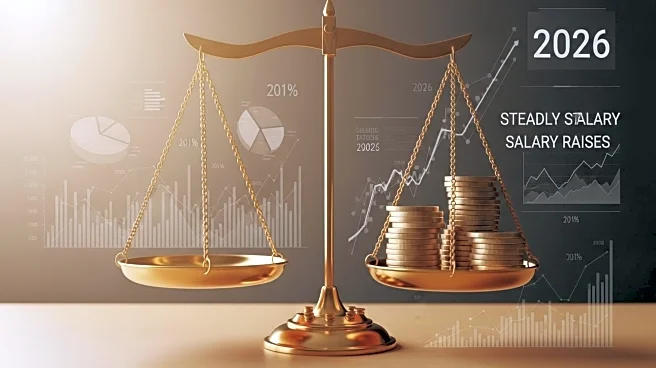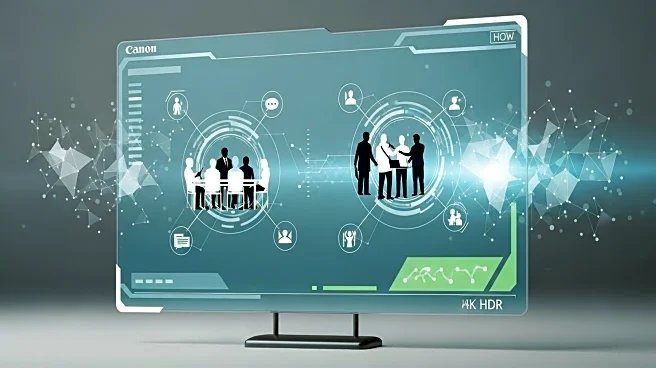What's Happening?
Human resources (HR) departments often face misconceptions about their role and responsibilities within organizations. Daniel Space, a senior HR business partner, highlights that negative assumptions about HR stem from limited employee exposure and a lack of understanding of HR's functions. HR is responsible for various tasks, including benefits, compensation, and training, which support both the company and its employees. Common myths include the belief that HR always sides with management, that grievances should only be aired during exit interviews, and that HR is a place to vent about colleagues. Experts emphasize the importance of understanding HR's limitations and the need for employees to communicate issues early.
Why It's Important?
Clarifying the role of HR is crucial for fostering a positive workplace environment and improving employee relations. Misunderstandings about HR can lead to mistrust and ineffective conflict resolution. By debunking myths, employees can better utilize HR resources to address workplace issues and improve their work experience. This understanding can lead to more proactive communication, early conflict resolution, and a more supportive organizational culture. HR's role as a bridge between employees and management is vital for maintaining a balanced and fair workplace.
What's Next?
Organizations may need to invest in educating employees about HR's role and capabilities to dispel myths and improve trust. HR departments could enhance transparency and communication to better align with employee expectations. As workplaces evolve, HR will continue to adapt its strategies to address emerging challenges and support both organizational goals and employee well-being.
Beyond the Headlines
The misconceptions about HR reflect broader challenges in workplace communication and trust. Addressing these issues requires a cultural shift towards openness and empathy, where employees feel comfortable voicing concerns and HR is seen as a partner in problem-solving. This shift can lead to more inclusive and equitable workplaces, where diverse perspectives are valued and conflicts are resolved constructively.











